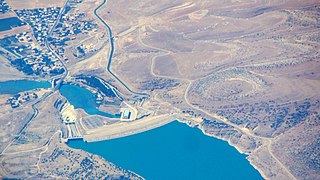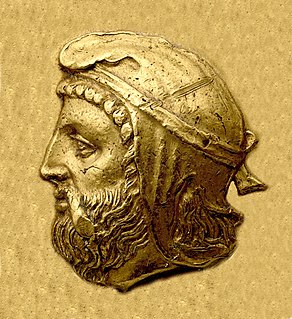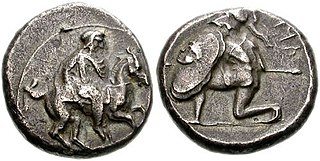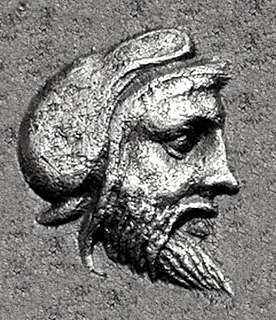Gambrion is an ancient city near Kınık and Bergama in İzmir province, in the Aegean Region of Turkey.
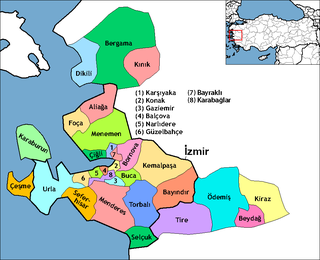
Kınık is a district of İzmir Province of Turkey.

Bergama is a populous district, as well as the center city of the same district, in İzmir Province in western Turkey. By excluding İzmir's metropolitan area, it is one of the prominent districts of the province in terms of population and is largely urbanized at the rate of 53.6%. Bergama center is situated at a distance of 118 km (73 mi) to the north from the point of departure of the traditional center of İzmir and lies at a distance of 27 km (17 mi) inland from the nearest seacoast at the town of Dikili to its west. Bergama district area neighbors the areas of three districts of Balıkesir Province to its north, namely Ayvalık, Burhaniye and İvrindi, İzmir Province district of Kınık and Manisa Province district of Soma, Manisa to its east, while to the south it is bordered by the central provincial of Manisa and two other İzmir Province districts along the coast that are Aliağa and Dikili from its south towards its west. The district area's physical features are determined by the alluvial plain of Bakırçay River.
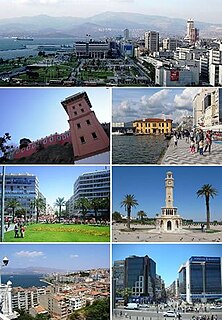
İzmir, outside Turkey known until the 1930s as Smyrna, is a metropolitan city in the western extremity of Anatolia and the third most populous city in Turkey, after Istanbul and Ankara. It is the second most metropolitan area on the Aegean Sea after Athens, Greece. In 2017, the city of İzmir had a population of 3,028,323, while İzmir Province had a total population of 4,279,677. İzmir's metropolitan area extends along the outlying waters of the Gulf of İzmir and inland to the north across the Gediz River delta; to the east along an alluvial plain created by several small streams; and to a slightly more rugged terrain in the south.
It is on a hill named Hisarlık in Bakırçay (ancient Kaikos) valley and very close to modern town of Poyracık.

Bakırçay is the current name of a river of Asia Minor that rises in the Temnus mountains and flows through Lydia, Mysia, and Aeolis before it debouches into the Elaitic Gulf. To the Hittites, it may have been the Seha river, however the modern Gediz river further south is a more likely candidate. The modern Turkish name of the river is Bakırçay, and it is located in the Asian part of Turkey.

Poyracık is a town in Kınık district of İzmir Province, Turkey. At 39°05′N27°21′E it is very close to Kınık. Distance to İzmir is about 140 kilometres (87 mi). The population of the town is 5760 as of 2011. Poyracık is an old town and its history can be traced back to Gambrion of the 4th century BC. It was an important settlement during Pergamon state. In the middle age it became a part of Byzantine Empire. Sasa bey captured the town and finally it became a part of the Ottoman Empire. In 1937 it was declared a seat of township.
The name of Gambrion is seen first in the book of Anabasis of Xenophon which gives knowledge about the region in 399 BC. At that time the ruler of the city was Gorgion.

Anabasis is the most famous book of the Ancient Greek professional soldier and writer Xenophon. The seven-tome book of the Anabasis was composed around the year 370 BC, and, in translation, Anabasis is rendered as The March of the Ten Thousand and as The March Up Country. The narration of the journey is Xenophon's best known work, and "one of the great adventures in human history".
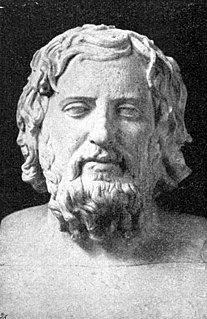
Xenophon of Athens was an ancient Greek philosopher, historian, soldier, mercenary, and student of Socrates. As a soldier, Xenophon became commander of the Ten Thousand at about 30, with noted military historian Theodore Ayrault Dodge saying of him, “the centuries since have devised nothing to surpass the genius of this warrior.” He established the precedent for many logistical operations and was among the first to use flanking maneuvers, feints and attacks in depth. He was among the greatest commanders of antiquity. As a historian, Xenophon is known for recording the history of his time, the late-5th and early-4th centuries BC, in such works as the Hellenica, which covered the final seven years and the aftermath of the Peloponnesian War, thus representing a thematic continuation of Thucydides' History of the Peloponnesian War.
There was a star with twelve rays on the electron money of Gambrion.
